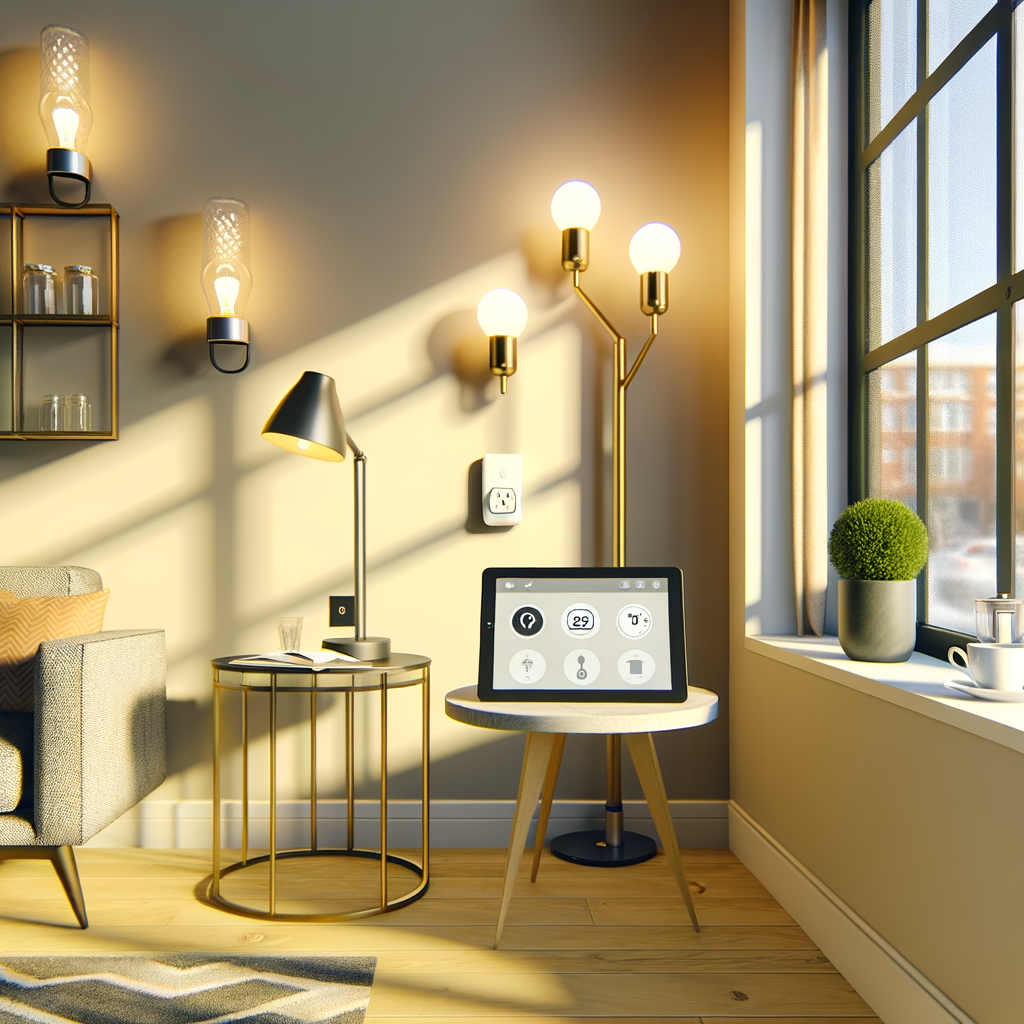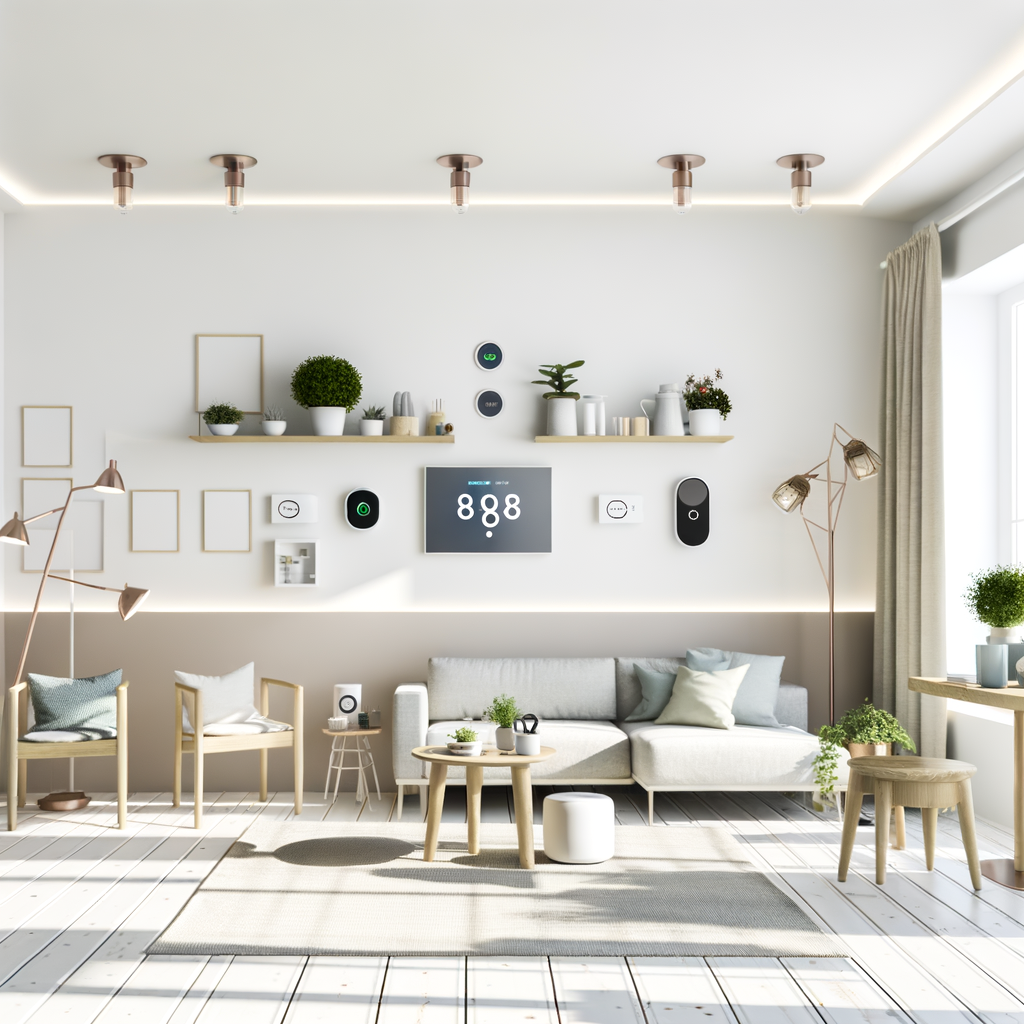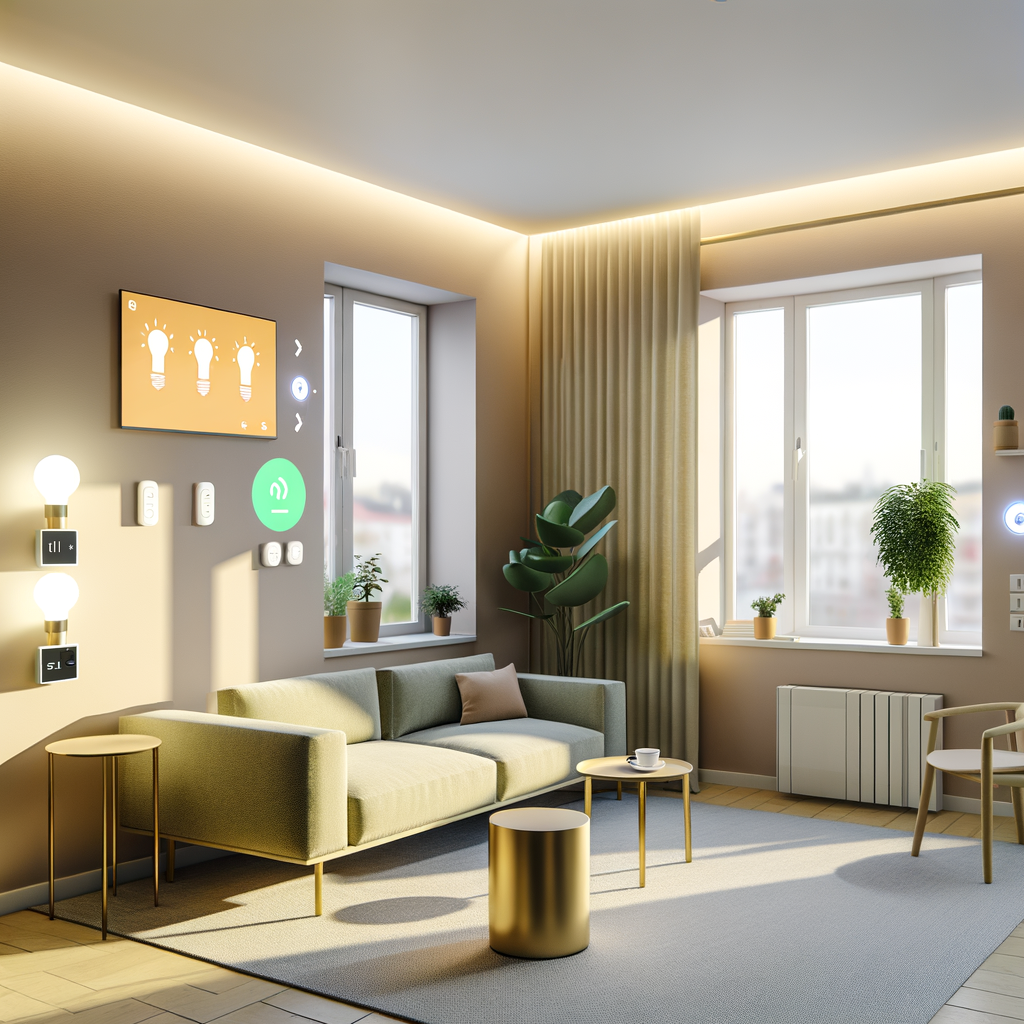How to Create a Renter-Friendly Smart Home That Saves Energy Without Breaking Your Lease
Dreaming of a smart home that costs less to run and is planet-friendly? If you’re a renter, it can feel tricky. Many smart upgrades seem to require drills, wires, or permanent changes—and your lease says “no way!” But here’s the good news: You can still enjoy the convenience and savings of smart tech, all without risking your security deposit. This guide shows you how to turn your rental into an energy-efficient haven that’s 100% lease-friendly.
Why Go Smart (and Green) as a Renter?
Smart home technology isn’t just about voice commands and cool factor. When you choose the right devices, you can:
- Reduce your energy bills through precise automation
- Lower your carbon footprint, shrinking your impact on the environment
- Gain convenience with features you control from your phone or by voice
All this—without the long-term investment (or construction headaches) that homeowners face.
Ground Rules: Renter-Friendly Upgrades Explained
Before you start shopping for gadgets, keep these guiding principles in mind:
- Non-permanent installations only: No drilling, no rewiring, no wall damage.
- Easy removal: Everything you add should be simple to take with you when you move out.
- No modifications to building systems: Skip anything that replaces thermostats, light switches, or fixtures unless your landlord gives written permission.
- Wi-Fi and battery power preferred: These avoid fussing with building wiring or infrastructure.
8 Renter-Friendly Smart Upgrades for Energy Savings
Below are top solutions that combine energy efficiency, tech smarts, and total lease-friendliness.
1. Smart Plugs: The Effortless Energy Saver
Smart plugs are tiny, affordable, and instantly upgrade any outlet. Just plug them in (no tools required) and connect to Wi-Fi using your phone.
- What they do: Switch off “energy vampires” like chargers, TVs, or small appliances with automations or remotely via app.
- Features to look for: Energy monitoring, scheduling, voice control (Amazon Alexa, Google Assistant, or Apple HomeKit compatibility).
- Bonus: Unplugging is as easy as removing the plug—no trace when you move out.
2. Smart Light Bulbs: Custom Lighting, Zero Wiring
Swap out any standard bulb for a smart LED bulb. No electricians or modifications needed.
- Set up: Screw in the bulbs, connect to your Wi-Fi, and use your phone or voice to control.
- Why they save energy: Schedule lights to auto-off, dim when not needed, or detect your presence via app geofencing.
- Options: Choose from white, tunable white, or multicolor bulbs.
3. Portable Smart Thermostats and Sensors
Most landlords won’t let you change their thermostat. But portable, sensor-based solutions offer smarter climate optimization—without hardwiring.
- Room sensors: Place battery-powered smart temperature or humidity sensors in your living space. Some smart radiator thermostats (popular in Europe) clip onto existing valves and can be removed easily.
- Mini HVAC controllers: If you have a window or portable air conditioner with a remote, try a smart IR controller (Google “smart AC controller”) for scheduling and remote control.
Always check with your landlord before attaching anything directly to fixtures. But freestanding devices or peel-and-stick sensors are usually OK.
4. Smart Window Coverings: Control Sun and Heat
Did you know up to 30% of unwanted heat comes from windows? Smart curtains, blinds, or inexpensive “retrofit” devices exist.
- Battery-powered curtain robots: These attach to a curtain rod (no tools) and open/close at preset times or by sunlight.
- Removable film or shades: Consider adding heat-blocking window film or stick-on, reflective shades to improve insulation.
5. Leak, Water, and Door Sensors: Prevent Waste
While not directly energy-saving, these Wi-Fi security and safety devices can catch leaks or remind you if a door/window is left open, avoiding costly waste and damage.
- Water leak sensors: Place under sinks, near washing machines, or in bathrooms.
- Door/window sensors: Get alerts when an exterior door or window is left open, preventing AC or heat loss.
6. Smart Power Strips: Smarter, Safer Energy Management
Great for home offices or entertainment systems, smart power strips allow you to cut power to peripherals when you don’t need them, either on a schedule or via app.
- Individually controlled outlets: Power on/off select devices for maximum energy savings.
- Surge protection: Keeps your gadgets safe.
7. Voice Assistants & Central Hubs: Simple Control
A basic Amazon Echo or Google Nest device doesn’t require any changes to your apartment, but it can unify control of all your gadgets—for seamless automations and reminders.
- Schedule routines like “turn off all the lights and plugs when I leave.”
- Check energy status or water leak alerts with your voice.
8. Smart Sensors: Automate the Little Things
Motion sensors, light sensors, and occupancy detectors can help automate lights, fans, or air purifiers so they only run when needed.
- Easy peel-and-stick installation means no holes or permanent changes.
- Connect via Wi-Fi, Zigbee, or Bluetooth to compatible hubs or plugs.
Tips for Staying Within Your Lease
Some landlords are more open than others, but most will let you use gadgets as long as:
- You do not replace, alter, or remove existing thermostats, light switches, or fixtures without permission
- Anything you install is removable and causes no damage
- Devices are not hardwired into the power system
- You restore the apartment to its original condition when you move out
Pro tip: If you want to make a permanent upgrade (like a wired smart thermostat or switch), offer to pay for it yourself and provide your landlord with the details. Sometimes modernization can be a win-win!
How to Choose the Right Smart Home Devices for Your Rental
Before you buy, ask yourself:
- Is installation tool-free or limited to simple peel-and-stick, screwing in a bulb, or plugging into an outlet?
- Can I remove the device easily without damage or trace?
- Does it work independently (without needing a proprietary hub or extensive hardware changes)?
Look for “renter friendly” in product descriptions. The best smart home devices for renters will always emphasize easy installation and removal.
Building Automations Without a Hub (Cloud-Connected)
You don’t need a wired “hub” for many modern smart devices. Today’s products often connect directly to Wi-Fi and can be controlled by their own smartphone app. Consider:
- Voice assistants (Alexa, Google, Siri): These can become your main “hub,” allowing you to trigger routines like “All Off” when you leave.
- IFTTT, SmartThings, HomeKit, or Google Home: Tie together products from different brands for more advanced automations, all while keeping things wireless and non-intrusive.
Linking Smart Devices to Maximize Energy Savings
Here’s how to create energy-saving scenes and automations that work for renters:
- “Out of Home” automation:




